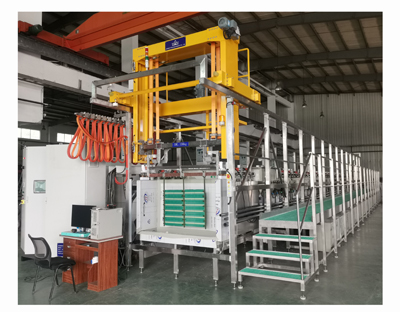Brown oxidation and black oxidation in the PCB manufacturing process are to increase the adhesion between the original board and PP (prepreg). If brown oxidation is not good, it will lead to problems such as delamination of PCB oxidation surface, unclean etching of inner layer, infiltration plating and so on.
Effect of brown oxidation
1.Remove grease and sundries on the surface to ensure the cleanliness of the board surface.
2.After browning, there is a layer of uniform fluff on the copper surface of the substrate, so as to increase the binding force between the substrate and PP, so as to avoid layered plate explosion and other problems.
3.After browning, it must be pressed within a certain time to avoid water absorption of browning layer and plate explosion.
Similarities between brown oxidation and black oxidation
(1)Increase the contact area between copper foil and resin and increase the bonding force between them.
(2)Increase the wettability between copper and flowing resin, so that the resin can flow into each dead corner and have stronger adhesion after hardening;
(3)A fine passivation layer is formed on the surface of copper to prevent the reaction between hardener and copper under high temperature and high pressure to generate water and produce plate explosion.
Differences between brown oxidation and black oxidation
1)The thickness of black oxidation villi is different from that of brown oxidation villi;
2)The micro erosion rate of black oxidation solution is higher than that of brown oxidation;
3)Black oxidation potion is more expensive than brown oxidation potion in price.
4)Black oxidation potions are more difficult to control than brown oxidation potions.
5)Quality: the surface roughness of the Black oxidized board is large. If the inner line is slightly scratched or patched, the black oxidation can cover up well, but brown oxidation can’t.








 Oct. 14, 2020
Oct. 14, 2020 





